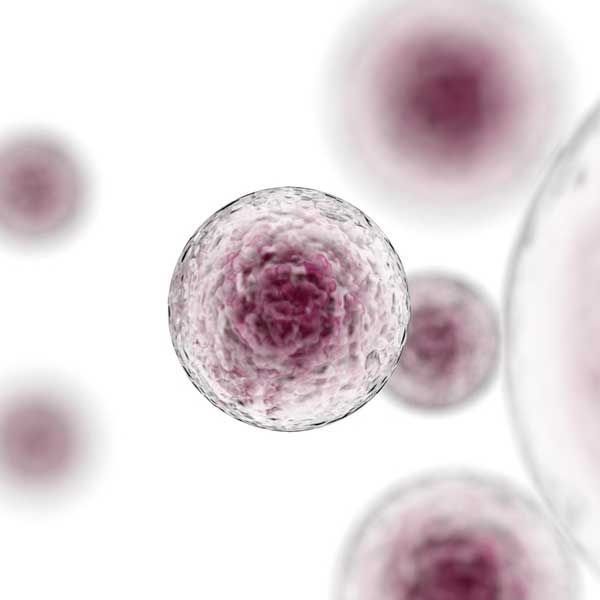

REGENERATIVE MEDICINE
WHAT IS REGENERATIVE MEDICINE?
The goal of regenerative medicine is to repair, reboot, or rejuvenate tissues or organs that are damaged or underperforming because of disease, injury, age, or other issues rather than treating symptoms with medication and procedures. Some of the most cutting-edge regenerative therapies are available to people who qualify to participate in regenerative research studies. Regeneration in humans happens can be targeted at three levels:
- Molecular: This includes small molecules that are the building blocks of your body, like DNA, fats, and carbohydrates.
- Cellular: This includes cell structures like neurons or axons that are responsible for cell growth and reproduction in your body.
- Tissue: This includes blood, skin, joints, and more. When tissues are targeted directly, underlying molecular and cellular processes will inherently be involved as well.

At VitaLab, we are passionate about regenerative medicine and continually pursue the latest scientific research and innovations to help our patients stay young and at peak wellness. Our founder Dr. Oberg was involved in clinical research for nearly a decade early in her career and continues to collaborate as a co-investigator in IRB-approved research. We encourage people interested in participating in these studies to speak with us about how they can get involved, experience these regenerative therapies, and contribute to the advancement of science and medicine! Cellular therapies: Studies have shown that if stems cells are injected into diseased areas with tissue damage, they can help to reconstruct new tissue. It’s widely appreciated that the mechanism by which stem cells stimulate regeneration is through the messages exosomes carry to surrounding cells.
Stem cells and exosomes collected from your own tissue, like blood, fat, or bone marrow is one way this is done. Other ways include exosomes and different products like cord blood. Scientific studies are currently continuing to learn more about cellular therapy and how it can further benefit people.Medical devices: Various devices exist that are cleared by the FDA and can stimulate regenerative processes. For example, photobiomodulation with specific wave lengths of LED lights can stimulate nitric oxide release, induce healing, and even tighten skin and melt fat. Other devices can filter the metabolic and cellular garbage that accumulates as we age. This is called plasmaphoresis. These are some of the regenerative medical devices that are part of our regenerative research portfolio.

REGENERATIVE MEDICINE AT VITALAB
At VitaLab, Dr. Erica Oberg employs a number of regenerative medicine techniques including platelet-rich plasma (PRP), exosomes, photobiomodulation, plasmaphoresis, and more which harness the most cutting edge science to rejuvenate tissue and combat aging, injury, or disease. These treatments can be used in various applications to address a variety of health and beauty concerns.
SCHEDULE YOUR APPOINTMENT
Want to learn more about our regenerative medicine practices at VitaLab? Contact our San Diego, CA office today to schedule a consultation appointment to get started.
RECENT BLOGS AND NEWS

What is Naturopathic Medicine?
Naturopathic medicine is a specific system of medicine that combines natural therapeutic practices with modern science to achieve optimal health. Licensed Naturopathic Doctors (NDs)…

The Benefits of Exosomes
Have you ever heard of exosomes? Exosome therapy is a new and exciting field in regenerative medicine that can help your body’s cells regenerate,…
